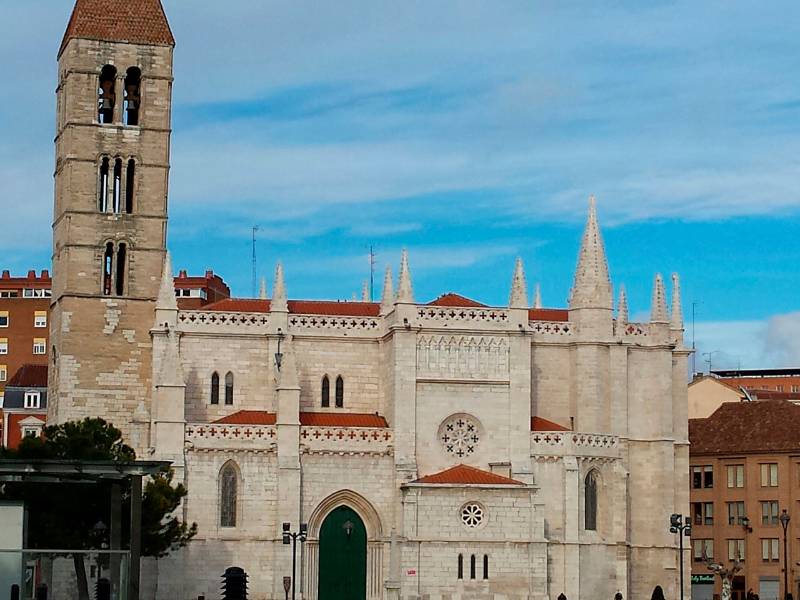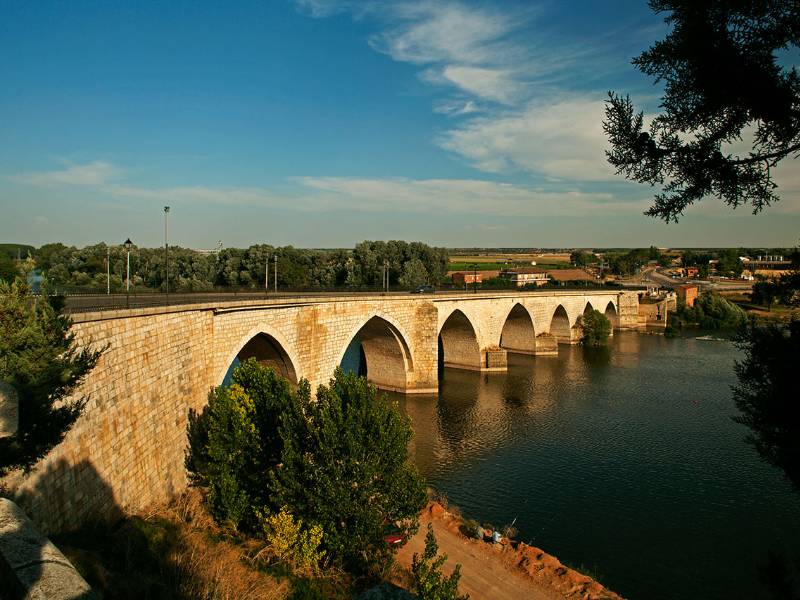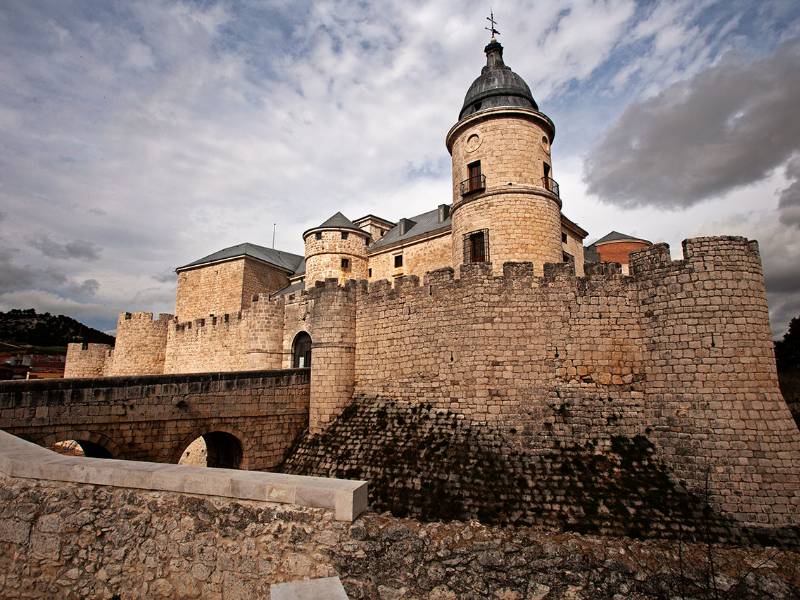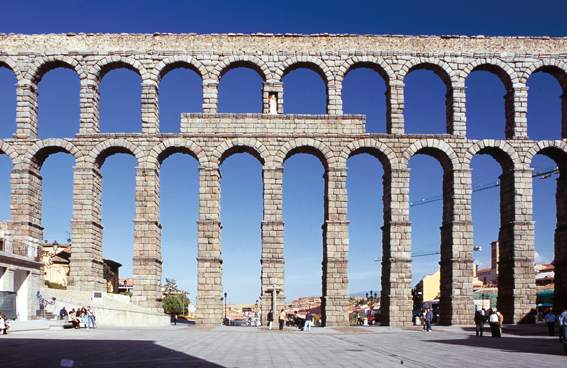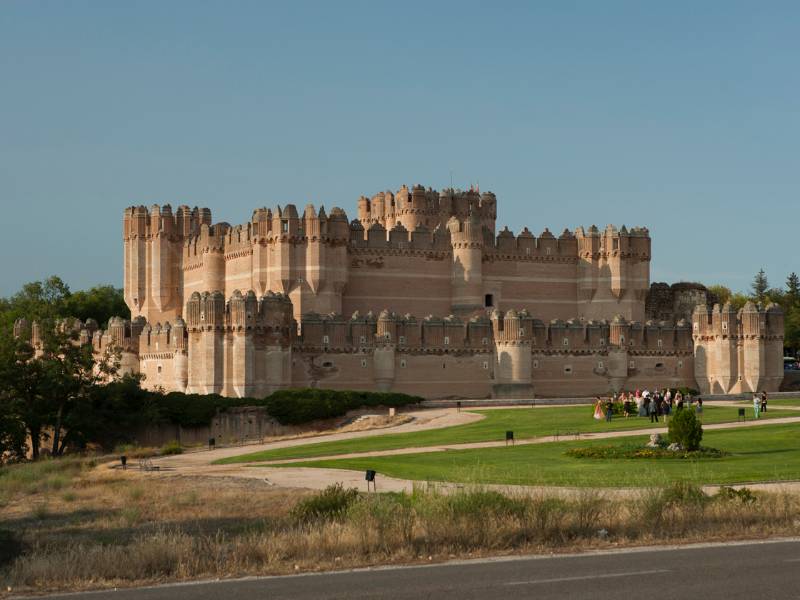Camino de Madrid Route
-
Length: Approx. 244 km
-
Provinces included: Segovia, Valladolid, León
-
Total ascent: 1,940 m
-
Total descent: 2,922 m
-
Maximum altitude: 1,793 m
- Minimum altitude: 676 m
This route forms part of the Traditional Routes that run through Castilla y León to Santiago de Compostela. It begins in Madrid and crosses Castilla y León, through the provinces of Segovia, Valladolid and León, joining the French Route of the Pilgrim’s Way to Santiago in the León town of Sahagún, and with the EuroVelo 1 route in the Valladolid town of Simancas. Cycling along the Camino de Madrid, you will find monumental Historic-Artistic Sites, such as Real Sitio de San Ildefonso, Coca, Cuéllar, Simancas, Medina de Rioseco, Montealegre de Campos, San Pedro de las Dueñas, Vilalba de los Alcores, Urueña, Grajal de Campos and Sahagún, as well as the UNESCO World Heritage City of Segovia.

